|
There is only one Venice, but you might be surprised
to find that you can get the same scenic and historic feel – complete
with canal ‘streets’ and gondoliers – in several other towns across the
globe. In fact, there are dozens of picturesque floating villages and
islands that are so heavily populated, you can barely tell that there’s
land under all the man-made structures. Here are some of the world’s
most fascinating water-based communities.
|
|
Santa Cruz del Islote, Colombia
From above, you can barely see a spot of land on this island, so
completely covered is it with houses. Santa Cruz del Islote is located
off the coast of Colombia and measures just .046 square miles, yet has
an astonishing population of 1,200, making it the most densely populated
island on earth.
|
|
 |
|
Ganvie, Benin
The largest lake village in Africa can be found in Lake Nokoué, in the
nation of Benin. Established in the 16th or 17th centuries, Ganvie is a
neighborhood of 3,000 buildings on stilts, with a population of
20-30,000. Residentsof Ganvie, which is often referred to as Africa’s
Venice, subsist mostly on fishing with a little tourism, and use
pirogues (canoes) to get around.
|
|
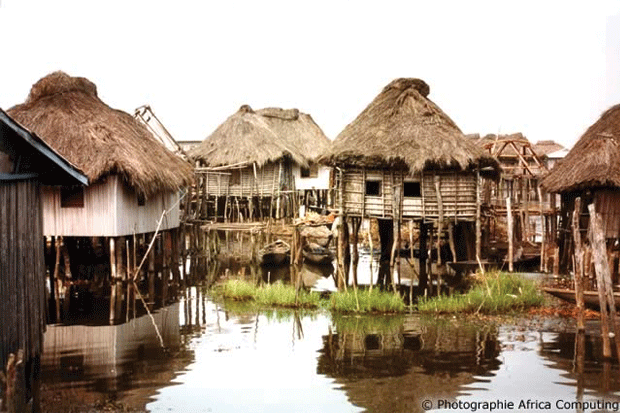
|
|
Ko Panyi, Thailand
Set against the dramatic background of picturesque Phang Nga Province in
Thailand, the fishing village of Ko Panyi looks like paradise for people
who love the water and tropical weather. The village was built on stilts
by fishermen and houses about 2,000 people descended from 2 families.
The coolest thing about this village is its floating soccer pitch, built
by local children from old scraps of wood and fishing rafts.
|
|
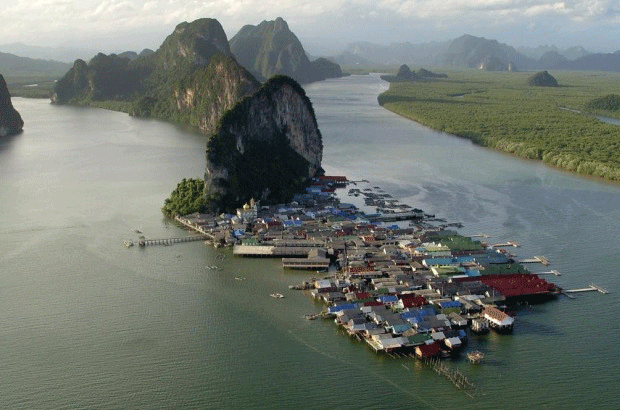
|
|
Loreto Island, Lake Iseo, Italy
L’isola di Loreto in Italy’s Lake Iseo is not exactly crowded with
people, but it’s almost entirely taken up by a castle, making it an
unforgettable visual. Privately owned, the island was once the site of
cloisters for the Sisters of Santa Chiara, built in 1400.
|
|
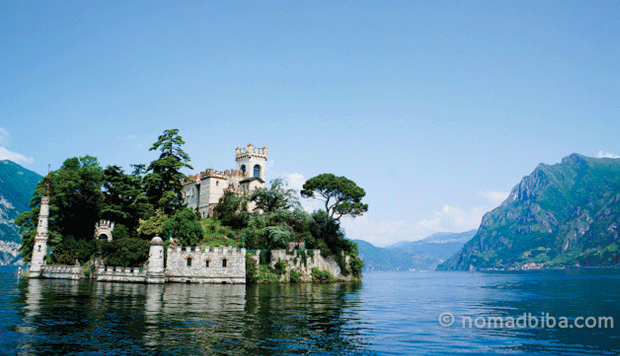 |
|
Mexicaltitan, Mexico
‘Mexico’s Venice’ is a small man-made island off the coast of the state
of Nayarit reputed to be the birthplace of the Aztecs, the legendary
Aztlan. Now promoted as a tourist attraction, Mexicaltitan is 1300 feet
in diameter and home to more than 800 people. During the dry season it
looks like any other island, but in the rainy season the streets flood,
forcing locals to get around via canoe.
|
|
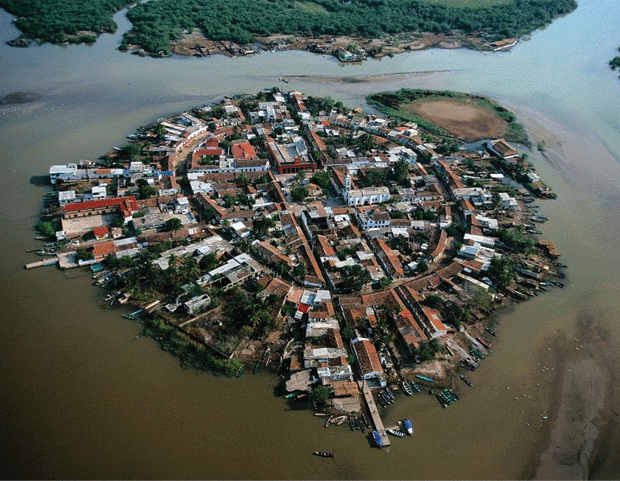 |
|
Naarden, Netherlands
The geometry of the village of Naarden makes it an eye-catching sight
when seen from above in a plane or virtually in Google Earth. It’s
actually a star fort with fortified walls and a moat. Originally
declared its own city in the year 1300, Naarden was fortified in the
17th century. It’s located about 15km east of Amsterdam.
|
|
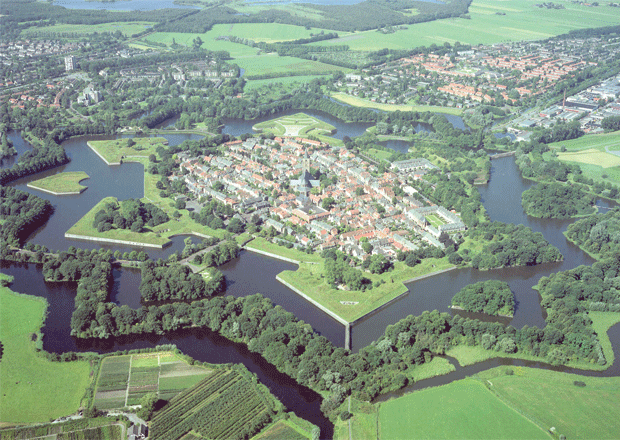 |
|
Halong Bay Floating Village, Vietnam
Like Ko Panyi, the Halong Bay village in Vietnam is set up on the only
flat space to be seen – the surface of the water. Except this one isn’t
on stilts. It floats. Living directly on the bay makes it easy for the
roughly 1,000 locals to catch fish and other seafood. The first two
villages were formed in the early 19th century and the only time since
then that the water hasn’t been heavily occupied with floating homes was
during the war against the French from 1946 to 1954.
|
|
 |
|
Migingo Island, Kenya
The oft-disputed island of Migingo on Lake Victoria measures just half
an acre and supports about 131 people, mostly fishermen. The modest
island may not seem all that valuable, but it’s been claimed by both
Kenya and Uganda because each wants access to potentially lucrative
fishing rights within about 1,670 feet of the island.
|
|
 |
|
Flores, Guatemala
Beautiful colonial red-roofed buildings cover the small island town of
Flores on Lago Petén Itzá in Guatemala. The charming town is often used
as a home base for travelers who wish to explore nearby Mayan ruins.
|
|
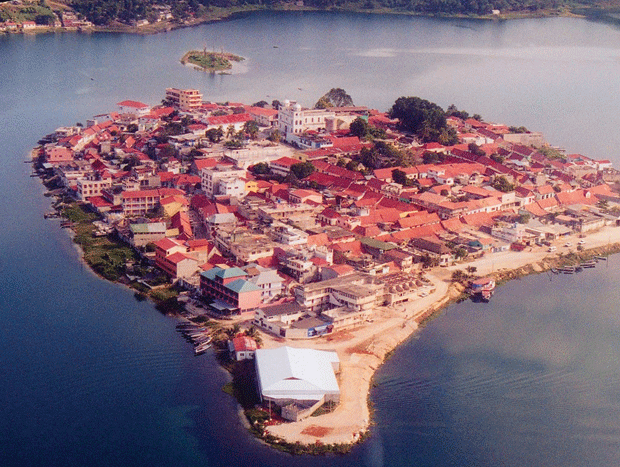 |
|
Wuzhen, China
Located in the center of six ancient towns south of the Yangtze River in
China, Wuzhen is a scenic town full of canals navigated by water taxis
reminiscent of those in Venice. Known as Wuzhen Water Town, the historic
town is said to have been populated for at least 7,000 years and bears
ancient stone bridges and wooden carvings.
|
|
 |